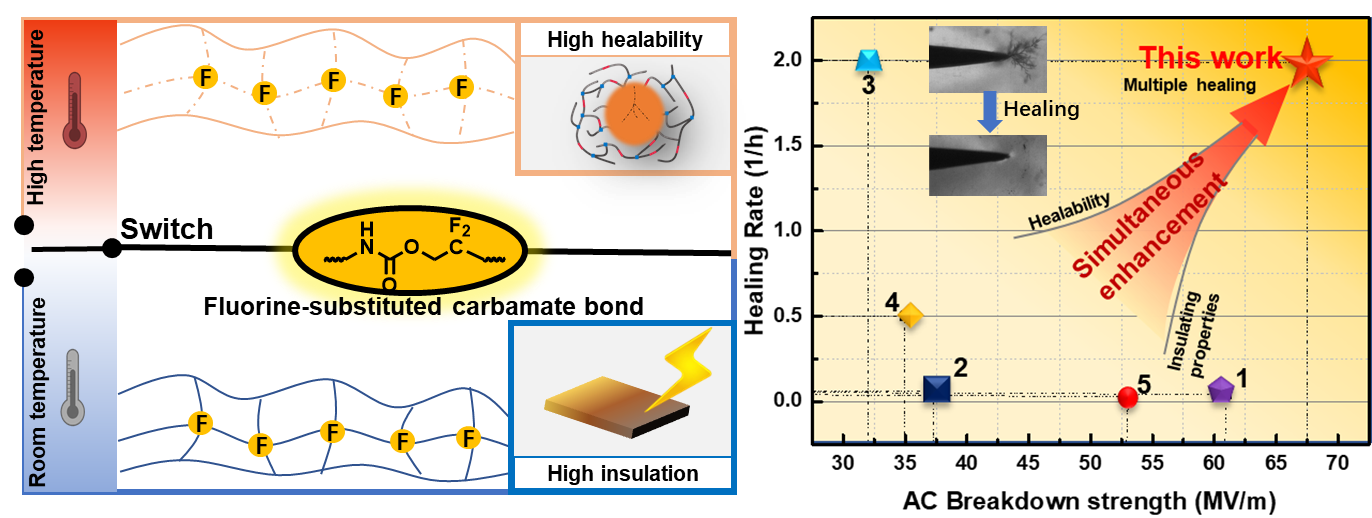论坛主题:
分析测试技术论坛(第28期)——Microstructure and Composition Analysis
时 间:
2019年12月25-26日
地 点:
西安交通大学分析测试共享中心南109
报 告 人:
Prof.Yun LIU,Chair professor,Research School of Chemistry , Australian National University

Prof Yun Liu received her Bachelor, Master and PhD degrees from the Xian Jiaotong University in the field of microelectronic technology and functional materials. She then worked in Japan in 1998-2001 and moved to Australia in 2001, receiving many prestigious national fellowships. She is a chair professor in the Research School of Chemistry, leading a Functional Materials Research Group. She has hold 28 patents and published 230 papers in high quality Journals, including Nature Materials, Advanced materials, Chemistry of Materials, Advanced Functional Materials etc. She is chair of the Materials Chemistry Division of the Royal Australian Chemical Institute (RACI) and Vice President of Australian Neutron Beam User Group (ANBUG). She is Fellow of Australian Institute of Physics (AIP). She is also a board/executive member of Materials Australia, Asia-Oceania Neutron Scattering Association, and Asian Electroceramics Association.
Dr.Hua Chen, Microscopy specialist,Centre for Advanced Microscopy, Australian National University

Dr Hua Chen received his Bachelor and Master degrees from the Xian Jiaotong University in the field of microelectronic technology and structural materials, and PhD degree from the Australian National University in nanomaterials and nanotechnology. He worked in China, Belgium, Japan and Australia as Lecturer/Associate Professor and National Research Fellows. He became a physical microscopy specialist since 2009 at the Centre for Advanced Microscopy, the Australian National University, providing support, training and service to researchers in materials science and engineering, nanomaterials and nanotechnology, and biology where the electron microscopic techniques are used as research tools. He has published 82 papers, including Nature Materials, Advanced Materials, and Plant Physiology.
日程安排:
Dec. 25th(Tues.), Instrumental Analysis Center of XJTU |
Time |
Topic |
Speaker |
8:50-9:50 |
Precise element analysis via EDS |
Hua Chen |
10:30-11:30 |
Basic crystallography and diffraction techniques (X-ray, electron, synchrotron and neutron) |
Yun Liu |
14:00-15:00 |
Introduction to CRYO-SEM |
Hua Chen |
15:40-16:40 |
Case studies in structural and microscopic analysis: some misunderstanding and mistakes in XRD, EDP and image |
Yun Liu |
Dec. 26th (Wed.) , Instrumental Analysis Center of XJTU |
9:00-10:00 |
EBSD sample preparation, and phase mapping via QEMSCAN |
Hua Chen |
10:40-11:40 |
Panel discussion: facility management and use |
Hua Chen, Yun Liu |
摘 要:
• Precise element analysis via EDS (Dr Hua Chen)
Energy-dispersive X-ray spectroscopy (EDS) is a common tool to analyse the chemical composition of materials. In many cases, it is considered to be imprecise. In fact, if the samples and reference samples are prepared and selected properly, it can give quite accurate analysis outcome and easily achieve 1-2% accuracy for major elements. In this talk, I will give a brief introduction about the principle, and then focusing my presentation on how to achieve accurate analysis using this technique.
• Introduction to Cryo-SEM (Dr Hua Chen)
The CRYO SEM technique involves immobilisation of water and soluble materials by freezing them in a hydrated sample and observing the sample on a CRYO stage in an SEM. This technique introduces less artefacts such as shrinkage, distortion and relocation of the internal components for a hydrated sample in comparison with the conventional chemical fixation technique. This technique provides a quick, reliable and effective way for viewing the inherent state of hydrated samples. Combined with the EDS detector, suitable preparation and standardisation methods, quantitative element analysis and element mapping can be done on CRYO-planed samples.
• EBSD sample preparation, and phase mapping via QEMSCAN (Dr Hua Chen)
Electron backscatter diffraction (EBSD) is a powerful tool to determine the crystal orientation and phase of surface grain of materials. To achieve a reliable analysis, the sample needs to be carefully prepared. I will introduce the principle of EBSD and give some examples to show how the sample preparation affects the analysis results. I will also introduce several key points in methodology regarding to a “good” sample preparation. Additionally, I will briefly introduce the application of EDS detector in phase analysis based via QEMSCAN.
• Basic crystallography and diffraction techniques (X-ray, electron, synchrotron and neutron) (Prof Yun Liu)
In this talk, I will introduce the basic crystallography and several diffraction techniques, methodology and their use in materials study.
• Case studies in structural and microscopic analysis: some misunderstanding and mistakes in XRD, EDP and image (Prof Yun Liu)
Solid-state material is a strong correlation system, where the structural and chemical arrangement at different length scales are very complicated. It is very often found that the use of these techniques and associated analysis are abused in the literature. In this talk, I will use several samples to demonstrate the such kind of cases and guide you to use these techniques correctly and precisely in your research in the field of materials science and engineering.





